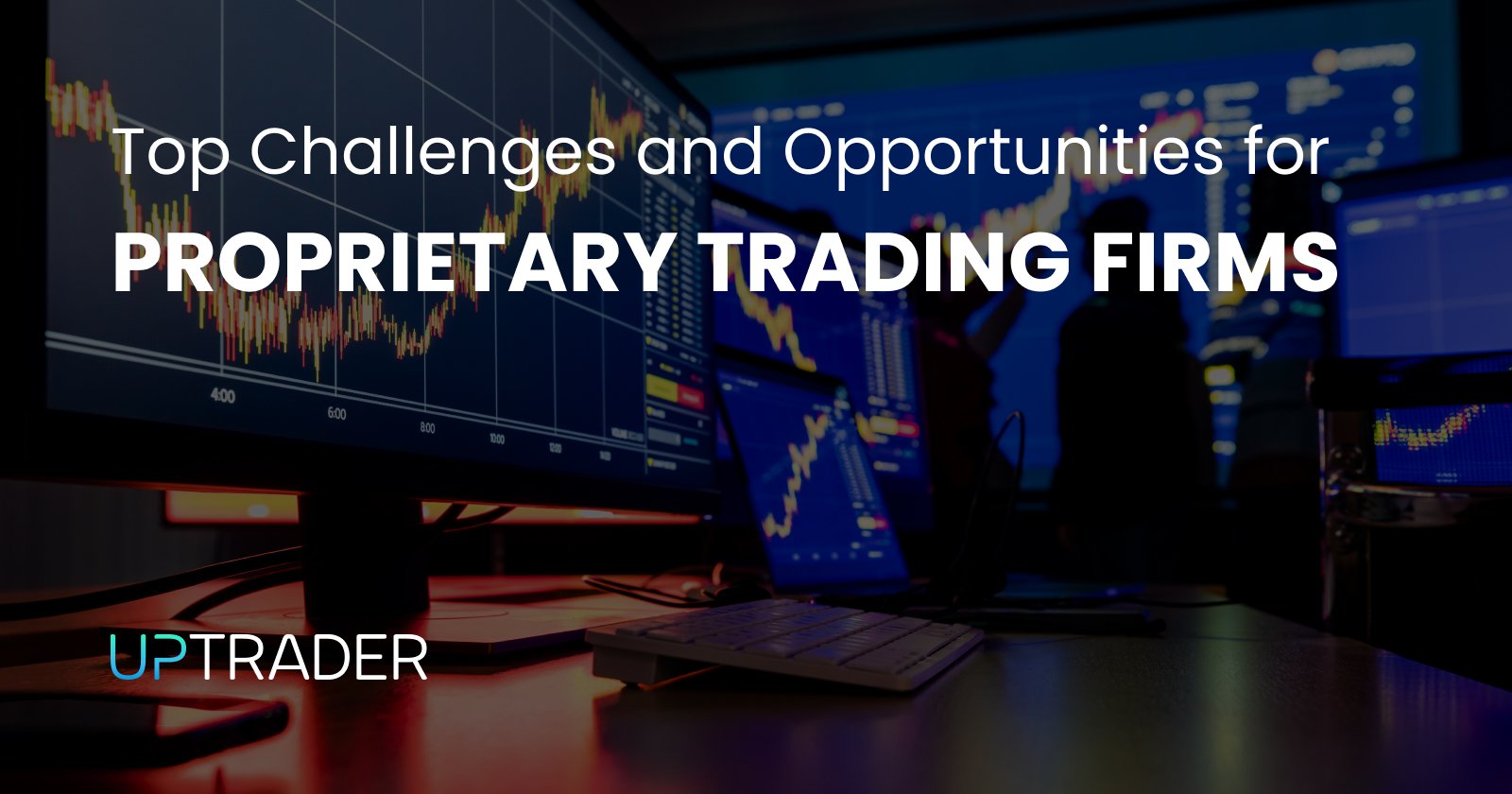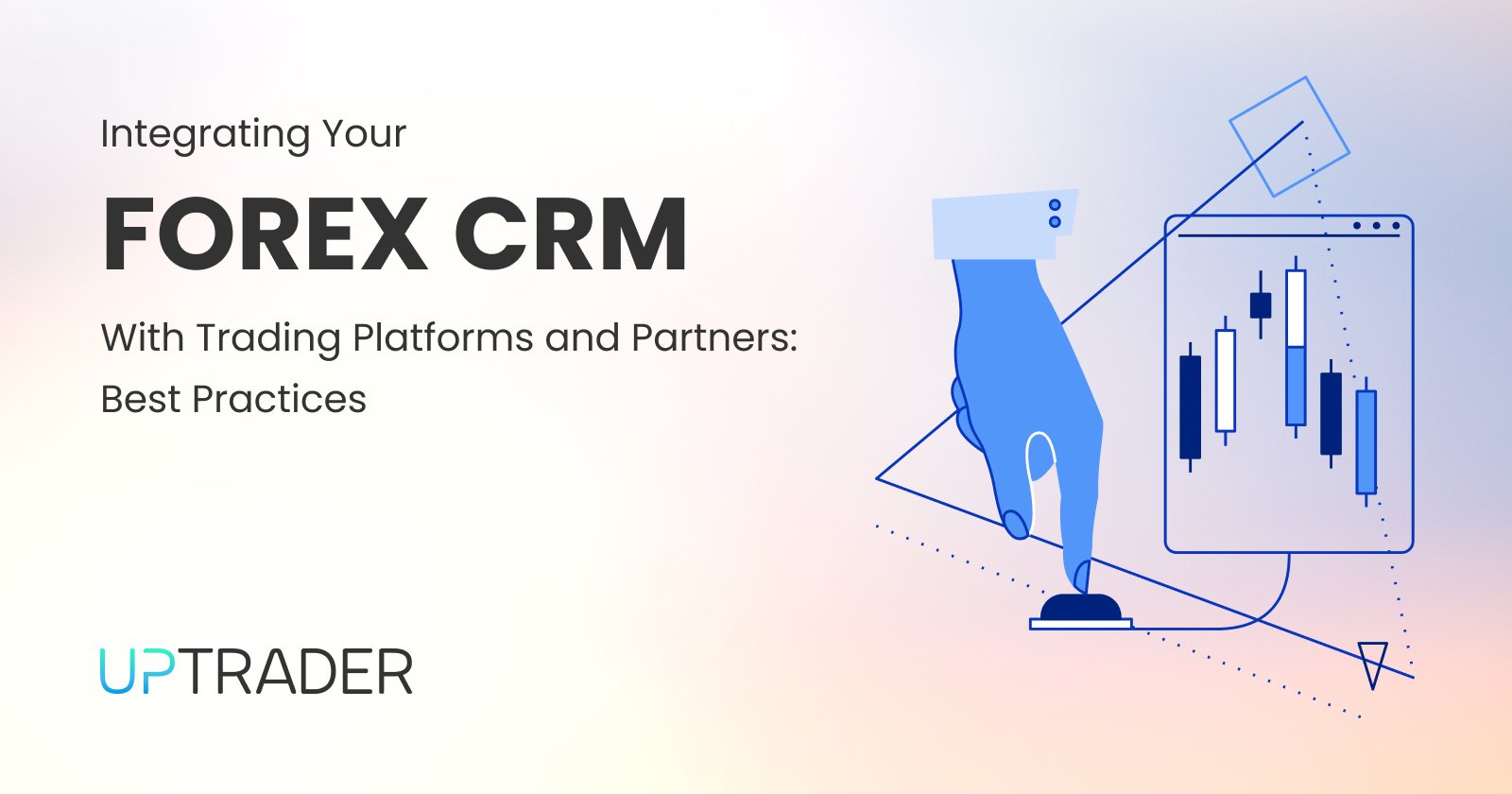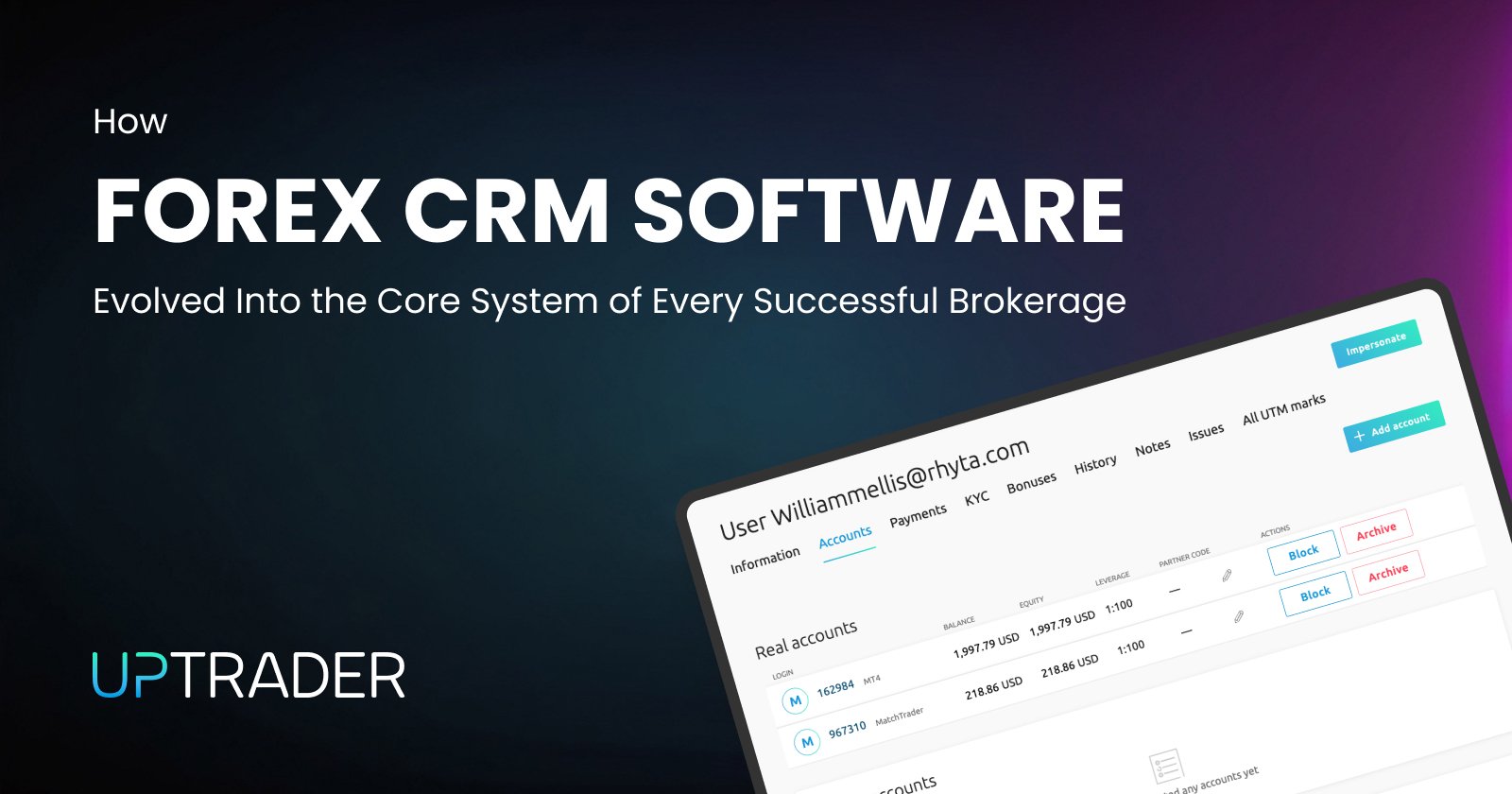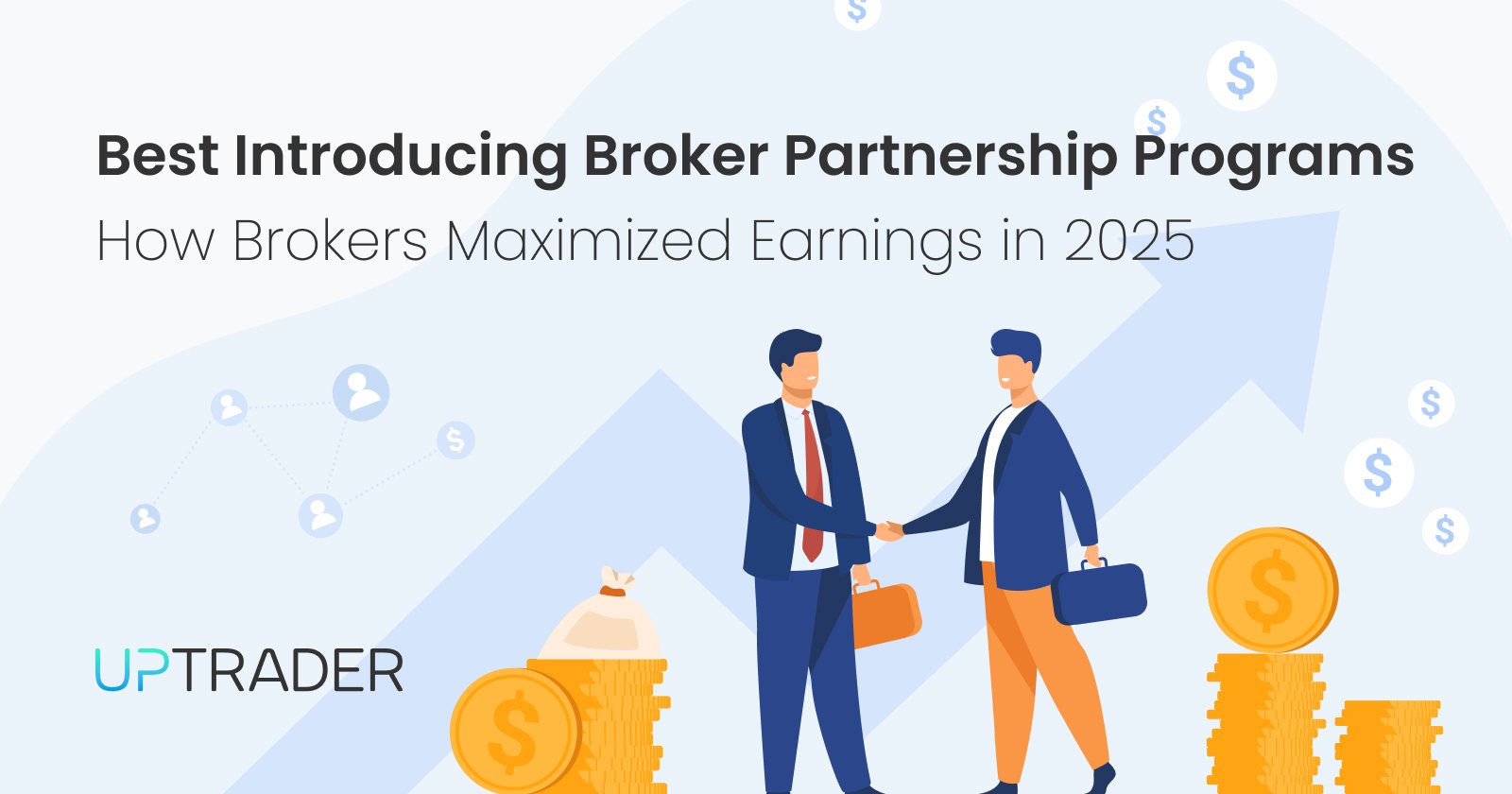Top Challenges and Opportunities for Proprietary Trading Firms

Share this publication:
By 2025, the world of proprietary trading will have undergone amazing dynamism filled with potential for profits and increased complications. As the Leader of a prop firm, you are well past the “wild-west” days of the industry and appreciate a more structured, yet highly competitive industry. For you, the factors which impact the success of your firm are the ability to capture the new opportunities, and the ability to address the challenges of a consolidating industry. The firm which will thrive, will be the one which has balanced technology with risk, compliance, and competitive aggression. The balance between strategic innovation with operational excellence will also be important.
The Expanding Opportunity Horizon for Proprietary Trading Firms
Multi-Asset Dominance and Market Expansion
Dominance in multi-asset trading capabilities is expected to be the biggest opportunity in 2025. Advanced prop firms do not trade in a single silo - and offer integrated multi-market access to Forex, stocks, futures, cryptocurrencies, and commodities. The firm is able to attract wider talent because it is capable of offering diverse trading opportunities to its traders.
In times of low activity in a Forex market, traders can shift focus to other markets like indices or cryptocurrencies and the other way around. Performing this type of shift may require sophisticated software tools tailored for each market in question, however, the benefits of the investment can easily be observed in higher customer retention rates and the internationalization of revenue streams. Companies that harness UpTrader’s solutions enjoy unique benefits and gain integrated support for DXtrade, MatchTrader, and other Software as a Service trading platforms to easily conduct multi-asset trades while avoiding excess infrastructure investment.
Technological Superiority as Competitive Edge
Profound is the impact of modern technology in proprietary trading. The impact of having the modern infrastructure, ultra low latency connectivity, algorithmic trading engines, and real-time analytics greatly inline performance and scale. The operational impact of Artificial Intelligence on business in the past few years has been revolutionary, and it is estimated that 89% of the trading volume in the world will be handled by AI by 2025.
The volume of algorithmic trading has continued to grow, and by the end of 2024 is expected to surpass 21 billion as a result of the deployment of AI strategies that rapidly analyze intricate frameworks and apply machine logic. The integration of AI Prop with TradeBot365 in June 2025 allowed traders to access AI-powered trading bots during the evaluation phases which resulted in a 40% increase in trading productivity and a 60% drop in emotional overtrading errors. The computation and the technology in the structure is not merely an operational expenditure.
Accessibility and Retail Trader Integration
The democratization of prop trading continues creating unprecedented opportunities. Evaluation fees now start as low as $39, making it easier for new traders to participate . This is augmented by sophisticated automated trading platforms as well as educational materials and community assistance designed to help retail traders achieve professional proficiency and increase profitability.
Over 130 countries, the firm For Traders has built communities of more than 25,000 traders and offers structured video courses, offline events and active Discord channels. The combination of traditional brokerage services with prop trading is another avenue for growth, as seen by FTMO’s purchase of the FX/CFD brokerage OANDA which also tends to blur the distinction between brokers and prop firms. This convergence allows you to leverage multiple revenue models while building a more sustainable business structure.
The Formidable Challenge Landscape for Proprietary Trading Firms
Regulatory Complexity and Compliance Demands
Like with any industry growth, the concern around regulation is also growing. Each regulator around the world is creating new laws that make networks for companies to set borders, deal with, to stay legally compliant. And, the absence of universal global norms adds to the capital dilation, adds to the perplexing network of requirements pertaining to jurisdiction, eligibility to thresholds, etc. The client is now beset with obligations, the mandates of which are constrained within rigidity, the requirements of which are now under heightened scrutiny, and the evaluation jurisdiction is under offer fragmentation.
To the regulated firm, the less sophisticated firm is having an easier time. The absence of regulation captures the business within a choke point, however, the rate of emergence of the business is captured also within the emergence of business self regulation and associations. Your strategies to remain on the curve of best practice, where the curve is devoid of being derivative, around self regulation will determine the rate of your firm's growth.
Talent Acquisition and Retention Battles
The battle is most pronounced in wild trading. Professional skilled traders are a commodity, and in heightened demand in the wall of shifts 2025. The lower firm traders are at a heightened period of capture. The top notch traders in the market require and are presented with a suite of services, done to flexible capture, community that aids and network and technology.
Firms are responding with increasingly attractive incentives: profit splits reaching 80-95%, faster payout cycles (some guaranteeing processing within 24 hours), and scaling plans that allow successful traders to manage up to $4 million in capital . This competitive environment pressures your profit margins while raising expectations for ongoing support services. The talent challenge extends beyond traders to technical and risk management staff who can develop and maintain your technological infrastructure — another area where demand outstrips supply .
Industry Consolidation and Competitive Pressures
The prop trading space is entering a phase of significant consolidation. After a period of explosive growth, many smaller or unsustainable players are exiting the market . This shake-up was accelerated by MetaQuotes withdrawing support for prop firms, which forced companies to rethink their technology stacks . The result is an industry where scale provides competitive advantages through better technology investments, diversified offerings, and stronger brand recognition.
You're now competing not just with other prop firms but also with traditional brokers launching their own prop trading programs to attract active traders . This convergence means that undifferentiated firms competing solely on price are facing unsustainable margins . Your ability to articulate a unique value proposition and target specific trader segments has become crucial for survival, let alone growth.
Strategic Imperatives for Success
Building Technological Infrastructure Without Over-Reliance
The strategy on technology has to be meticulously balanced. Relying too much on all-in-one technology providers, while they provide convenient launch options, can easily become a liability as you scale. These platforms tend to restrict you on making more customizations, offering tighter spreads or real-market trading conditions, or integrating with the traders’ preferred platforms.
The optimal approach is to acquire a white-label License solution that can be customized or systems that are proprietary to the firm, fully owning the trading infrastructure, having built it from scratch. Modern, heavily automated technology that a firm invests in, gives the firm the ability to manage the entire prop trading lifecycle efficiently—trader evaluation to live trading and payouts—which provides a winning edge to the firm over less competent rivals. The technology stack does not just have to replicate. It should also provide functionality that clearly distinguishes the firm from the competitors in the market.
Implementing Robust Risk Management Frameworks
Advanced risk management is no longer optional; it is the basic level of protection you have from catastrophic losses. Professional traders will take advantage of weak risk control systems to maximize their payouts at your detriment, making sophisticated systems a necessity. You need real-time monitoring that can instantly enforce trading rules, protect profits while managing trailing, or strategically identify gaps, set limits on the range of counterproductive strategies, and automated systems that are deliberately exposed to technical loopholes.
The most effective approaches combine diversification across assets and strategies, careful position sizing based on account equity, automated stop-loss orders, and continuous assessment of trading strategies . Your risk systems should also protect against internalizing order flows without proper hedging, which can lead to significant financial losses . As markets evolve to include 24/7 trading in some instruments, your risk management must operate continuously without gaps in coverage .
Differentiating in a Crowded Marketplace
In a sector experiencing consolidation, strategic differentiation determines which firms thrive versus those that merely survive. You cannot compete solely on price or generic offerings; instead, you must develop a unique value proposition that resonates with specific trader segments. This might involve specializing in certain asset classes (e.g., crypto prop trading), catering to specific trader types (e.g., beginners versus professionals), or offering unique platform features.
Firms like For Traders differentiate through their proprietary dashboard with built-in trading journals and AI-powered performance coaching . Others compete through exceptional payout terms — like Funded Futures Network offering same-day daily payouts with no maximum withdrawal limits . Your differentiators should be authentic to your capabilities and valuable to your target traders, rather than just marketing claims that you cannot substantiate.
Future Outlook and Preparation Strategies
Positioning for 24/7 Trading Demands
The prospect of 24/7 trading is dividing the industry, with firms roughly split on whether this will benefit markets . As Coinbase became the first CFTC-regulated exchange to launch 24/7 Bitcoin and Ethereum trading, and major exchange groups consider continuous trading in traditional assets, you must prepare for this possibility. The primary concern is operational staffing and resource requirements, with only 16% of firms saying meeting 24/7 demands would require no investment . Begin planning now for how you would manage continuous operations, including staffing rotations, technology monitoring, and risk management coverage. Firms that prepare early will capture first-mover advantages when these markets expand.
Embracing Data-Driven Decision Making
The prop firms succeeding in 2025 are those that leverage data comprehensively throughout their operations. Beyond just trade execution data, you should be analyzing trader performance patterns, challenge pass/fail rates, withdrawal behaviors, and platform usage statistics.
This data can inform everything from risk parameter adjustments to marketing strategy refinements. AI and machine learning tools can process this data to identify trends and opportunities that would be invisible through manual analysis alone. Your goal should be building a culture where decisions are grounded in data rather than intuition alone, while maintaining the flexibility to adapt quickly when conditions change.
Building Strategic Partnerships
No prop firm exists in isolation, and strategic partnerships will increasingly determine competitive positioning. You might collaborate with established brokers for liquidity access, technology providers for infrastructure support, or educational content creators for trader development resources .
Firms like Centroid Solutions offer advanced multi-asset connectivity bridges and institutional-grade network infrastructure tailored specifically for prop trading firms . These partnerships can help you overcome specific capability gaps without massive capital investment, allowing you to focus on your core competencies while leveraging specialized expertise elsewhere.
Conclusion: Embracing the Dual Reality
The proprietary trading landscape in 2025 presents a dual reality of unprecedented opportunities alongside formidable challenges. Your success hinges on recognizing that these are not separate domains but interconnected aspects of a rapidly evolving industry. The technological capabilities that create competitive advantages also require significant investment and expertise. The regulatory frameworks that lend legitimacy to the sector also impose compliance burdens. The talented traders who generate profits also demand favorable terms and supportive environments.
The firms that will dominate in 2025 and beyond are those that approach these challenges not as obstacles but as catalysts for innovation and improvement. They leverage technology to manage risk more effectively rather than viewing it as purely an expense. They embrace regulatory compliance as a competitive advantage that builds trust rather than a constraint on creativity. They invest in trader development as a long-term strategy rather than a cost center.
If you want to expand then don’t settle for less. Request a demo from UpTrader today, and see your prop firm reach new heights.







